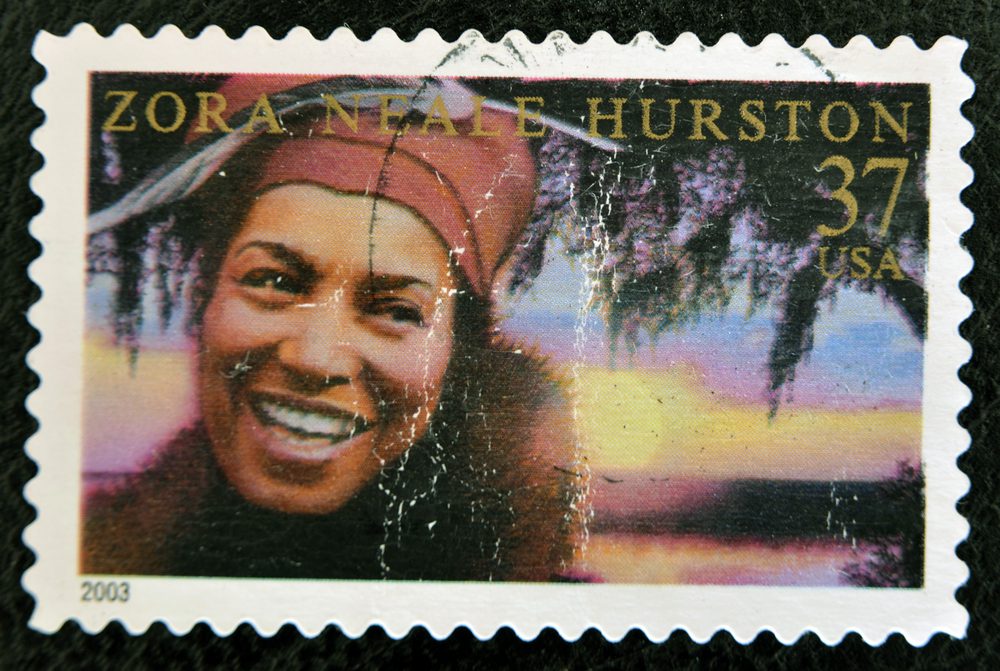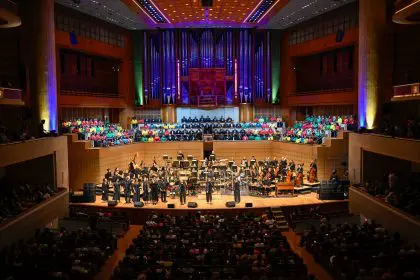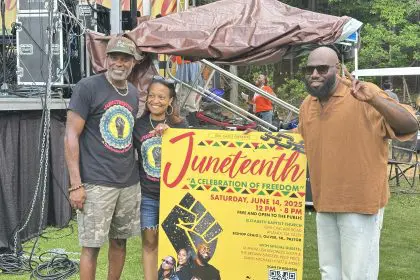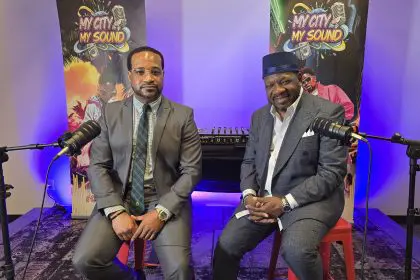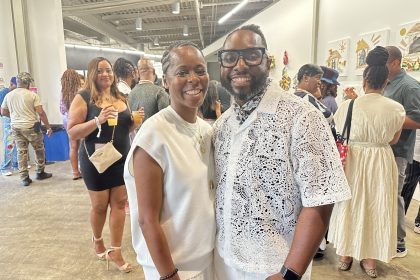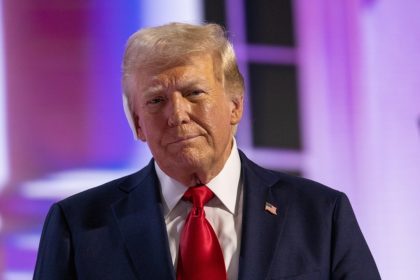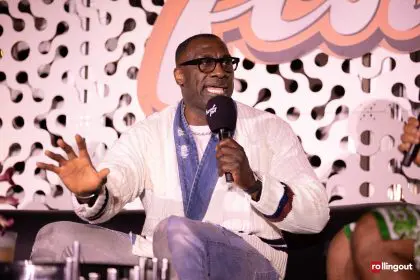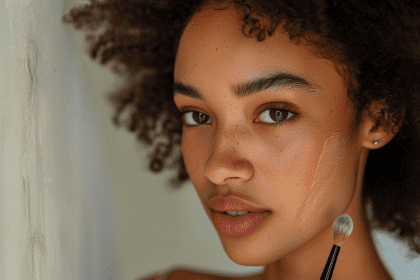The Harlem Renaissance, a cultural and artistic movement that thrived during the 1920s, was a remarkable period in American history. It was a time when African-American art, literature, and music flourished in the heart of New York City’s Harlem neighborhood, leaving a lasting impact on the world. This cultural renaissance, also known as the “New Negro Movement,” celebrated the rich heritage and creativity of African Americans. Today, we delve into this remarkable era and introduce you to 20 Harlem Renaissance artists whose contributions are etched in history.
Langston Hughes (1902-1967): Langston Hughes was a prolific poet, novelist, and playwright who captured the essence of the Harlem Renaissance through his poignant works. His poems, such as “The Negro Speaks of Rivers” and “Harlem,” continue to be celebrated for their powerful expression of African American experiences.
Zora Neale Hurston (1891-1960): Zora Neale Hurston was a celebrated novelist and anthropologist known for her seminal work, “Their Eyes Were Watching God.” Her writing portrayed the lives and culture of African Americans, particularly African American women, with great depth and authenticity.
Aaron Douglas (1899-1979): Aaron Douglas was a prominent visual artist known for his iconic murals that depicted the African-American experience. His artwork, including “Aspects of Negro Life,” was celebrated for its fusion of modernist and African motifs.
Duke Ellington (1899-1974): Duke Ellington was a jazz legend and bandleader whose compositions, like “Take the ‘A’ Train,” defined the era. His innovative approach to music left an indelible mark on jazz and American music.
Billie Holiday (1915-1959): Billie Holiday, known as “Lady Day,” was a jazz and blues singer whose emotive and haunting voice stirred hearts worldwide. Her songs, including “Strange Fruit,” addressed issues of racial injustice.
Jacob Lawrence (1917-2000): Jacob Lawrence was a painter whose artistry was instrumental in capturing the Great Migration of African Americans from the South to the North. His “Migration Series” is a testament to the struggles and aspirations of African Americans.
Claude McKay (1889-1948): Claude McKay was a Jamaican-American poet and novelist whose works, such as “If We Must Die” and “Home to Harlem,” explored themes of racial identity and injustice.
Marian Anderson (1897-1993): Marian Anderson was a world-renowned contralto singer who broke racial barriers with her extraordinary voice. She performed at iconic venues like the Lincoln Memorial, leaving an indelible mark on classical music.
Countee Cullen (1903-1946): Countee Cullen was a poet and novelist whose verse was celebrated for its lyrical beauty and exploration of African-American heritage. His works, including “Heritage” and “Yet Do I Marvel,” are timeless pieces of literature.
Josephine Baker (1906-1975): Josephine Baker, an iconic dancer and entertainer, captivated audiences with her charisma and talent. Her performances in Paris and her role as a civil rights activist solidified her place in history.
James Van Der Zee (1886-1983): James Van Der Zee was a renowned photographer who documented the Harlem Renaissance and its luminaries through his lens. His portraits are a valuable visual archive of the era.
Augusta Savage (1892-1962): Augusta Savage was a talented sculptor whose works, such as “The Harp” and “Gamin,” symbolized the strength and resilience of African Americans. She also played a vital role in nurturing young artists.
Cab Calloway (1907-1994): Cab Calloway was a jazz and scat singer, band leader, and actor who epitomized the vitality of the Harlem Renaissance. His performances, including “Minnie the Moocher,” brought jazz into the mainstream.
Helene Johnson (1906-1995): Helene Johnson was a poet whose evocative works, like “Bottled,” explored themes of race, gender, and identity. Her poems continue to resonate with readers today.
Aaron Davis Hall (1936-1992): Aaron Davis Hall was a playwright and director who explored African-American experiences through theater. His contributions to the world of drama are invaluable.
Eubie Blake (1887-1983): Eubie Blake was a composer and pianist whose ragtime and jazz compositions, such as “I’m Just Wild About Harry,” added a touch of brilliance to the era’s music scene.
Nella Larsen (1891-1964): Nella Larsen was a novelist known for her works “Quicksand” and “Passing,” which delved into themes of identity, race, and belonging.
Charles S. Johnson (1893-1956): Charles S. Johnson was a sociologist, writer, and educator who significantly promoted African-American culture and intellectualism during the Harlem Renaissance.
Florence Mills (1896-1927): Florence Mills, known as the “Queen of Happiness,” was a beloved singer and dancer whose performances brought joy to audiences and challenged racial stereotypes.
Lois Mailou Jones (1905-1998): Lois Mailou Jones was a prolific painter and educator whose artistry ranged from traditional to modernist. Her works celebrated African and African-American culture.
The Harlem Renaissance was a remarkable chapter in American history, celebrating the richness of African-American culture and creativity. These 20 artists, among many others, played a crucial role in shaping the era and leaving an enduring legacy. Their works inspire and resonate with people of all backgrounds, underscoring the importance of cultural exchange and artistic expression in forging a more inclusive and vibrant society.
This story was created using AI technology.

